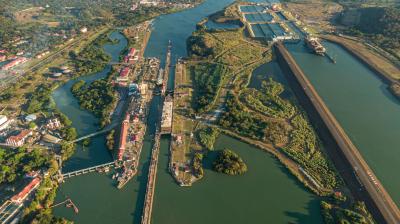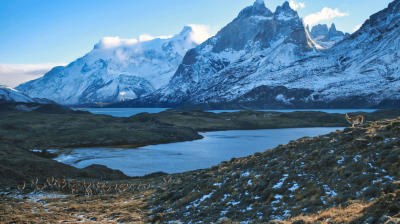State of the Climate in Latin America and the Caribbean 2022
- Long-term warming trend accelerates
- Sea level rise is above global average
- Floods and landslides kill hundreds and cause billions in damage
- Drought hits food production and energy
- Wildfires cause local surge in CO2 emissions
- Adaptation efforts and switch to renewables must increase
Extreme weather and climate shocks are becoming more acute in Latin America and the Caribbean, as the long-term warming trend and sea level rise accelerate, according to a new report from the World Meteorological Organization (WMO).
The State of the Climate in Latin America and the Caribbean 2022 report shows how climate change is triggering a vicious cycle of events, with spiralling impacts on countries and local communities. Thus, for instance, prolonged drought led to a drop in hydroelectricity production in large parts of South America, prompting an upsurge in demand for fossil fuels in a region with major untapped potential for renewable energy.
Extreme heat combined with dry soils to fuel periods of record wildfires at the height of summer 2022, leading carbon dioxide emissions to spike to the highest levels in 20 years and thereby locking in even higher temperatures.
Glacier melt has worsened, threatening ecosystems and future water security for millions of people. There was a near-total loss of snowpack in summer 2022 in the central Andean glaciers, with dirty and dark glaciers absorbing more solar radiation which in turn accelerated the melt.
Latin America and the Caribbean have the highest share of modern renewables in total final energy consumption, mainly because of their hydropower potential. However, there is also the potential to tap into the region’s solar and wind resources, which accounted for only 16% of the total renewable generation in 2020.
Latin America and the Caribbean region plays a vital role in producing food and ecosystem services that benefit not only the region itself, but the entire planet. It is also highly vulnerable to climate risks because about three quarters of the population lives in informal urban settlements and about eight percent of the population is undernourished.
Press Release
Other resources
State of the Climate in Latin America and the Caribbean 2022 report
About the State of the Climate in Latin America and the Caribbean series
The State of the Climate in the Latin America and Caribbean report provides details of extreme weather and climate change impacts in the entire region, from the Amazon to the Andes, and from coastal waters to snowy peaks.






